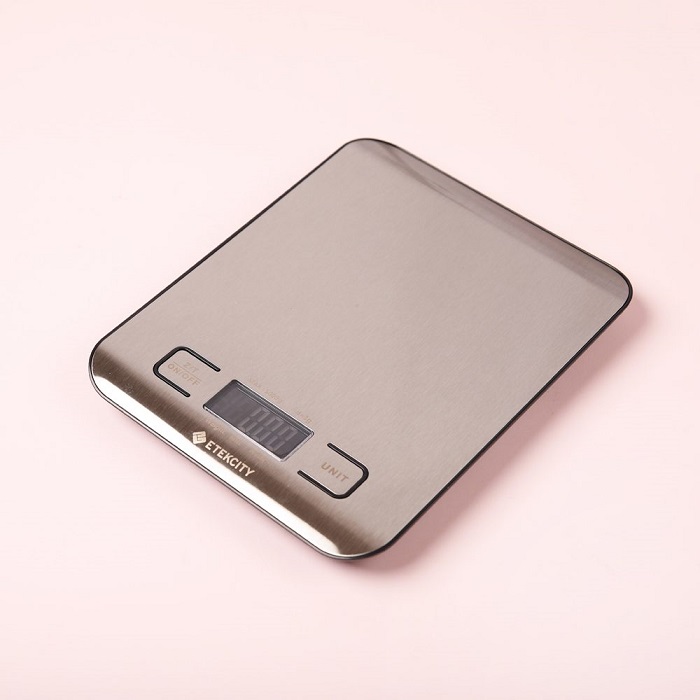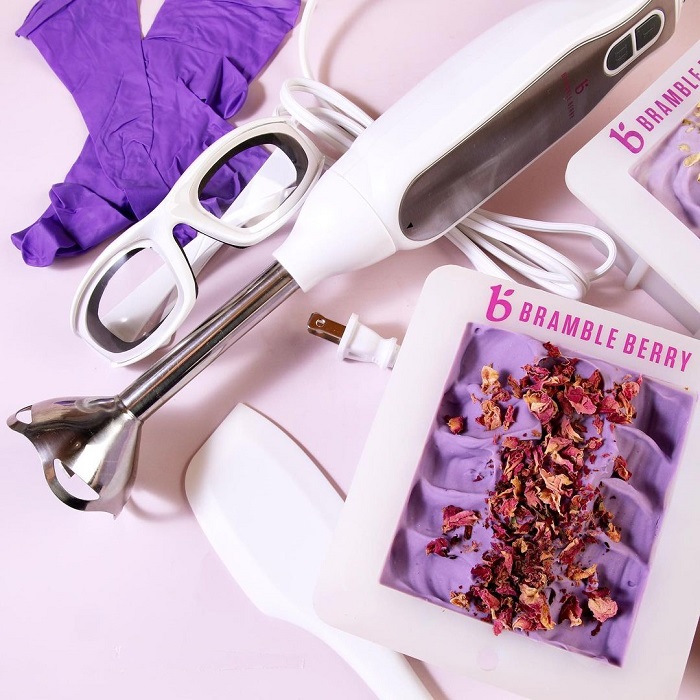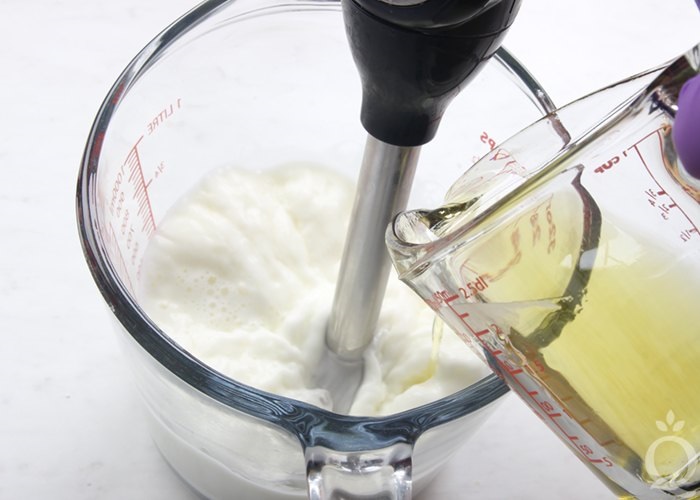So, you’re a soap maker with a few or many batches of soap under your belt. Your research and exploration of the craft has inevitably led you into articles and videos about DIY skincare and hair care. These crafts may seem totally new to you, and maybe a little intimidating, but some of the skills and knowledge that you learned from making soap will serve you well in DIY skincare and hair care projects.
You understand the importance of weights and accuracy
You’ve heard us say over and over again how important it is to use weight measures rather than volumetric measures in soap making. The same holds true for hair care products. When you’re making hair care and skincare products, it’s vital to use the correct amount of each ingredient to make sure that your project is a success.
Too much or too little can result in broken emulsions, ineffective end results, or other problems that can even make your product unusable.
Not only that, but working in grams is easier than working in ounces, because you have more control. Plus, a 100g batch size is perfect for a new formulation, and is easy to divide into percentages.
Fortunately as a soap maker, you have a leg up in this. You already know the importance of accurate measurements, and know how to make sure your measurements are accurate. This skill will serve you well as you move into the DIY hair & skin care spaces.

You know about temperature
Temperature is important in soap making. Even if you’ve only made a couple of batches of soap, you know that the lye solution and your oil blend need to be close to the same temperature for the emulsion and saponification to occur as planned. You know how a high temperature in molded soap can cause disastrous problems, up to and including the dreaded soap volcano. You know how temperature affects the color of your finished soap.
Temperature is important in homemade skincare and hair care formulations as well. When creating emulsified products, you need to have the two phases close in temperature to make sure that they can combine without anything getting chunky or breaking the emulsion.
Some skincare and hair care actives are heat sensitive, and need to be added in what’s called the “cool down phase,” a phase in which the product is a low enough temperature to not damage the ingredients.
You’re familiar with temperature already, so this is no problem. You know how to take temperatures accurately and understand how to gently heat or cool your ingredients to make sure the final product is what you want.
You’re familiar with ingredients and equipment
While it seems that there are hundreds of new ingredients in the DIY hair care and skincare space, you’ll find once you look a little closer that a lot of these ingredients are the same or similar to ones you’ve used in soap making.
New oils often behave similarly to oils you’re accustomed to using. Actives are added in a way that’s similar to ingredients added to soap at trace. Colors and fragrances are used in similar ways.
On top of that, a lot of the equipment is the same, too. You’ll use your scale, your non-reactive containers, your goggles and gloves, your mixing tools, your stick blender, and more. Knowing how to use all of these tools reduces the learning curve of moving into DIY hair care and skincare significantly, so it makes things so much easier.
You understand safety practices
We mention basic safety practices in almost everything we write or say about soap making. Your skincare or hair care projects may not include sodium hydroxide, but you may be working with other ingredients that can hurt.
You know how to dress appropriately for creating these projects, you know how to wear gloves and goggles properly. You know to use non-reactive and heat resistant containers.
Nothing derails the learning process like having to stop everything and provide first aid. Making sure you’re working safely helps prevent those accidents, large and small. That lets you focus on learning and creating.

You know some basic scientific concepts
You understand how soap works. You understand what surfactants are. You know about emulsions, and about basic chemical reactions.
These scientific concepts all also apply to making your own skincare and hair care products.
Many hair care products are emulsified. This includes conditioners, masks, detangling products, some styling products, and more. The same is true for skincare. Lotions, creams, and moisturizers are often emulsified products.
As a soap maker, you’re already making emulsions. Your soap batter is an emulsion between water and oil, so you have some experience there.
You know why pH is important. As a soap maker, you work with a strong alkaline substance every time you make soap; lye! You probably also know that batches of soap with a strongly alkaline pH can be harmful to your skin. Understanding pH and how to test it is a vital part of making skincare and hair care products, too.
Whether you realize it or not, you’re also familiar with surfactants. Soap is a surfactant! When you’re formulating cleansers and shampoos, you’re going to end up working with surfactants in one form or another. Knowing how they work will help you learn how to formulate with them.

Some tips to help make the switch
All of this knowledge and experience will help you move into creating your own hair care and skincare products, but it is still a new space. Here are some tips to help you conquer this new DIY world.
- Upgrade your tools when needed: If your scale doesn’t measure down to a tenth of a gram, you may need to upgrade to a more precise one.
- Research, research, research: While you have skills that will make this so much easier, there’s still a lot to learn about DIY skincare and hair care. That’s part of the joy of it. Doing your research will set you up for success.
- Know your ingredients: Starting off with some ingredients that you’re familiar with will help, but you’ll eventually want to branch out into new ones. Make sure you know your ingredients. You don’t want to mix them with things that they aren’t compatible with or waste them by using them inappropriately.
- Take detailed notes: Some soap makers have detailed journals full of notes and recipes. If you don’t already, though, start taking notes. Skincare and hair care formulations can get complicated. Making sure you keep records of what works and what doesn’t will help you a lot.
- Start simple: If you’ve never formulated skincare or hair care products before, start simple. Try a basic body butter, conditioner, or hair oil first. These are the projects that will be the easiest to work on.
Now that you know what skills you have that will help you add DIY hair care products and skincare products to your lineup, you can move forward confidently. Check out more skincare and hair care articles to help you get started. Now it’s time to learn and get creative. And don’t forget to have fun while you’re doing it.
Check out this video featuring Marie Rayma from Humblebee and Me for mistakes to avoid when transitioning from soap making to skincare and hair care.

